A Relation of the Proceedings at Charter-House 1689
This booklet, on display in the Charterhouse museum, recounts the events of the period 1686-89 when, for the second time in its history, the Charterhouse stood up to an absolute monarch. In 1537, John Houghton, the Prior of the Charterhouse, opposed King Henry VIII as Supreme Head of the Church in England and was subsequently hanged, drawn and quartered at Tyburn. Thomas Burnet was the Master of the Charterhouse on the second occasion that the Charterhouse defied royal Rule.
The incident began in 1686 when King James II, Royal Governor and grandson of the original royal patron, King James I, asked that a Catholic man be admitted as a Brother. The newly-appointed Master Thomas Burnet was fervently Protestant and strongly opposed to the staunchly Catholic King James. The potential Brother in question was a Mr Andrew Popham, who had obtained his appointment from James himself and came to the Charterhouse with letter in hand confirming this appointment.
When the potential admittance was discussed by the Governors, the Master had the support of the Archbishop of Canterbury and 6 other Governors in sending a ‘positive denial’. After much discussion, the motion that Popham should be admitted was defeated. Admitting a Catholic to the Charterhouse was going to prove difficult if they were unwilling to confirm oaths of allegiance. In June 1687, King James once again tried to admit Popham and five other men this time by a ‘Lycence Dispensation and pardon’. This would allow the men to become Brothers of the Charterhouse without needing to conform to the Church of England, and taking the oaths of allegiance and supremacy. Once again, this action was in vain as the Governors rejected the application based on the fact that ‘the Charterhouse was a private hospital, and that the Governors were required to act according to its constitution’. The King’s attempts had been thwarted a second time, but it was possible that he would try again to admit his chosen Brothers as the letter he received didn’t contain the signatures of the majority of the Governors.
The King’s decision to back down is one example of his failure to impose his Catholic beliefs back onto British society. When he ascended to the throne in 1685 England was a strongly Protestant country and would face difficulty in turning the tide towards Catholicism. The Charterhouse episode was later followed by an unsuccessful attempt to place his own choice as President of Magdalen College Oxford. The King made numerous attempts to appoint his own President, which were blocked by the fellows. The fellows who opposed him were expelled leading to a national outcry and further criticism of the King’s policies. In 1688, the King again backed down and reinstated the fellows. This later example was to be one of his last acts as King: his desire to return Britain to a Catholic state had failed and he fled to exile in France, where he remained until his death in 1701. His son-in-law, William Prince of Orange, would take the crown in his place. Thomas Burnet would also benefit from the demise of James II, as following William’s coronation he took up the position of Clerk of the Closet alongside his role as Master, Burnet remained Master until his death in 1715.
Today the Charterhouse has a more open system when accepting a new Brother and applicants are no longer required to hold religious beliefs. Some of Brothers today come from a range of Christian denominations and some from different religions altogether. Since 2017 the Charterhouse also welcomes women to the community, a huge step forward in the history of the Charterhouse, a world away from the religion and politics of late seventeenth-century England.

